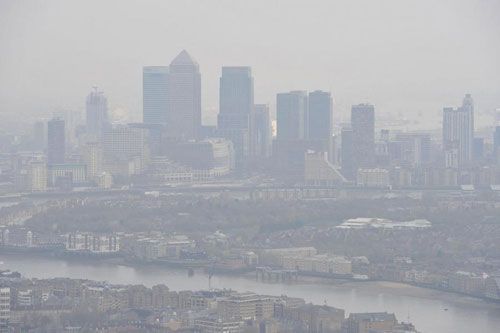

Forty-four out of 51 towns and cities across the UK have breached World Health Organisation (WHO) guidelines for outdoor air quality, with the warning that air is ‘too dangerous to breathe’.
The research by the Royal College of Physicians and Lancet Countdown, follows news that the EU has placed indoor air quality on its building agenda for the first time, with concerns about the impact poor indoor and outdoor air quality is having on our health and wellbeing.
With an estimated 40,000 people prematurely dying in the UK each year due to outdoor air pollution, the results show the levels of sooty particles found in the air. These are known as PM2.5s. When PM2.5s exceed ten micrograms per cubic metre of air, it is unsafe to breathe according to the WHO.
From London to Leeds, throughout 2017 towns and cities of varying sizes and populations all reached toxic levels of PM2.5s in the air. Surprisingly, even historical cities like Oxford (14 micrograms per cubic metre of air), and coastal places like Southampton (15 micrograms per cubic metre of air), produce unhealthy amounts of air pollution.
Rick Edmondson, chairman of Waterloo Air Products, said: “This report highlights just how bad outdoor air quality is in the UK, it shows that nowhere is exempt from pollutants. Echoing Dr Toby Hillman’s comment, from the Royal College of Physicians, poor air quality is a lifetime threat to human health.
“We have to look inside too. Pollutants in indoor air can be up to five times higher than outside. With people on average spending 90% of their time inside, it’s just as, if not more important to improve the quality of air inside.”
The EU has added indoor air quality to its building agenda as it looks to rethink future building standards in the wake of reports showing the health and economic implications of poorly ventilated buildings.
Rick added: “This is a big step forward. Making indoor ventilation part of a buildings design criteria is one of the most effective ways to tackle poor air quality.
“We share knowledge with architects, engineers and developers to ensure they have the best advice and information on how our products can help to improve indoor air quality.”
